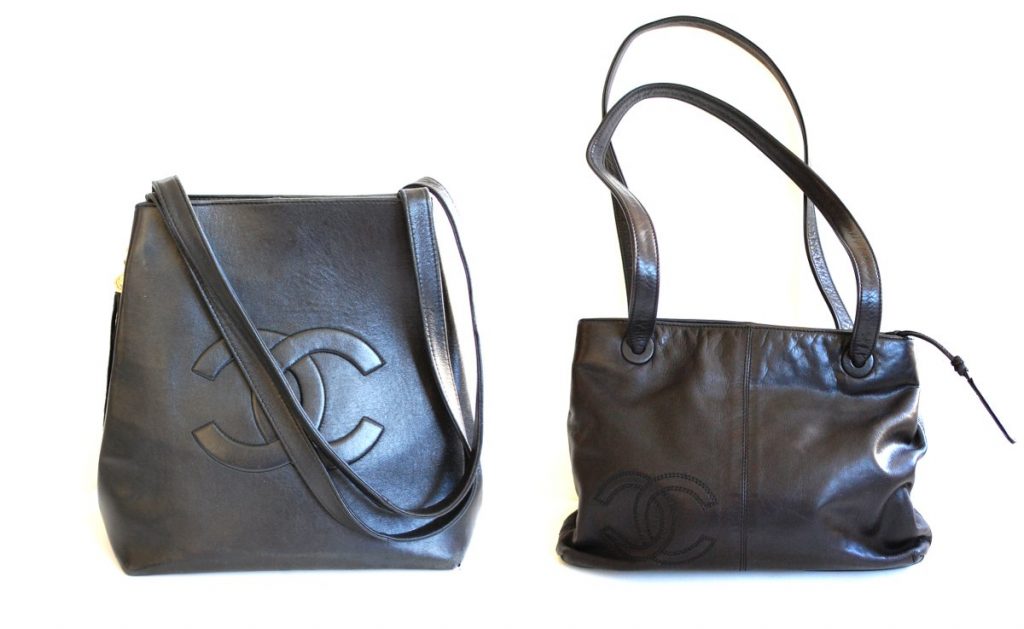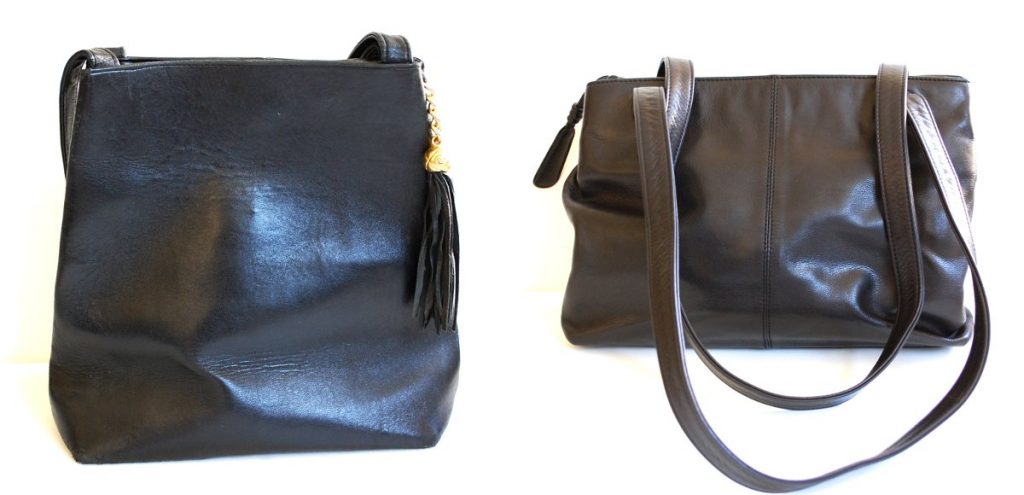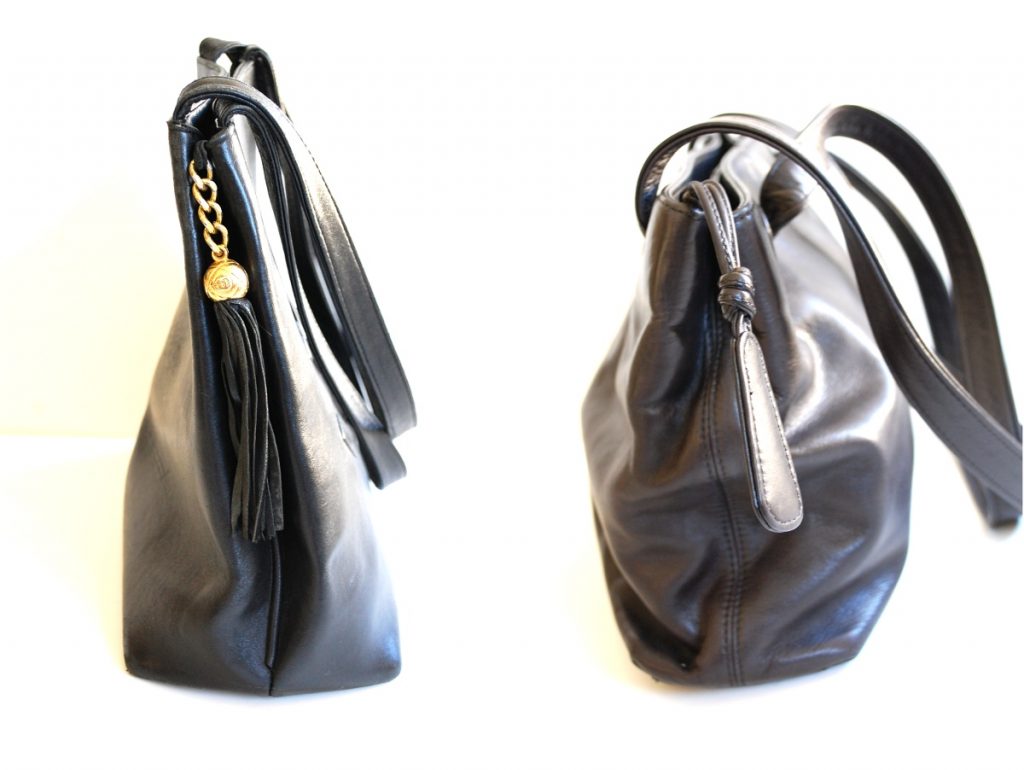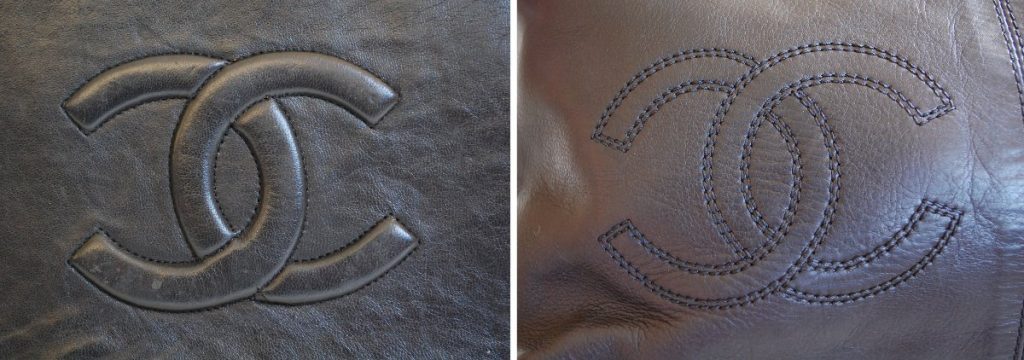Authentication Myth Revealed
One of the things that really bug me is when some consignment stores and sites claim that an item is authentic, because they have handled or touched the item. This shows that they really don't know what they're doing. Only really horrendous fakes are screened out this way. An understanding of each designer line is required for accurate authentication.
With this post, I hope to dissipate the myth that touch is more informative than sight. There's a reason why some consignment stores pay us to do their authentications by sending us pictures when they have the item already in their possession. Examining the obvious things like weight, feel, and stitching just don't work when authenticating non-obvious counterfeits.


We put an ok fake Chanel shopping tote next to an authentic Chanel shopping tote. The fake bag on the left weighs about 1 lb and 8 oz. The slightly smaller authentic on the right weighs 1 lb and 6 oz. The tassel on the fake has good weight to it. Neither feel like plastic and both have a fine leather grain.

Take a look at the shoulder straps. They both exhibit a fine leather grain, and uniform stitching. Again, touch and feel fail us in authenticating these items.
So, how does accurate authentication actually happen? We'll give you three photograph examples of how we can tell which is fake.

We know that the thick tassel strings is not consistent with Chanel production of black soft leather bags. Unless the tassels were switched out by a non-Chanel individual, we know that this is a fake.


Finally, take a look at the Chanel stamping. The fake Chanel stamp is in the wrong font. Chanel never produced a font that looked like this. Plus, look at the round cc zipper pull. The round cc zipper pull exhibits several mistakes: the way that it is attached, and the cc logo is completely off.
It's easier for a counterfeiter to produce a fake that feels like the real thing. But, sourcing and reproducing the exact same zippers, magnet closures, pattern details, charms, fabrics, stamping, fonts, serial stickers, etc, etc based on time of manufacture and specific style is quite a challenge and also makes the process much much more expensive.
If someone cannot do authentication by thorough photographs, it usually means that they aren't qualified to do authentications. If a site or store is accepting all brands under the sun, and claims that their items are authentic, because they take them in hand... that is a HUGE red flag!
